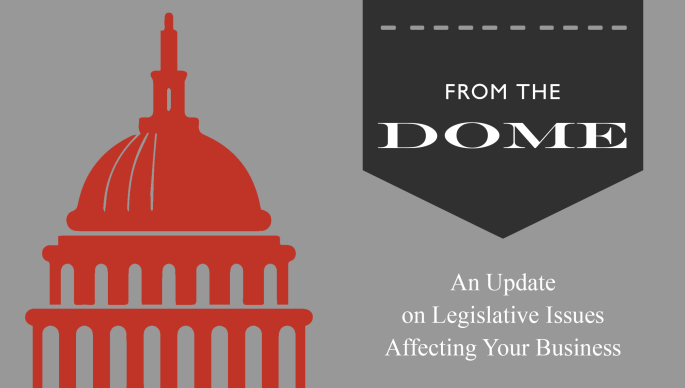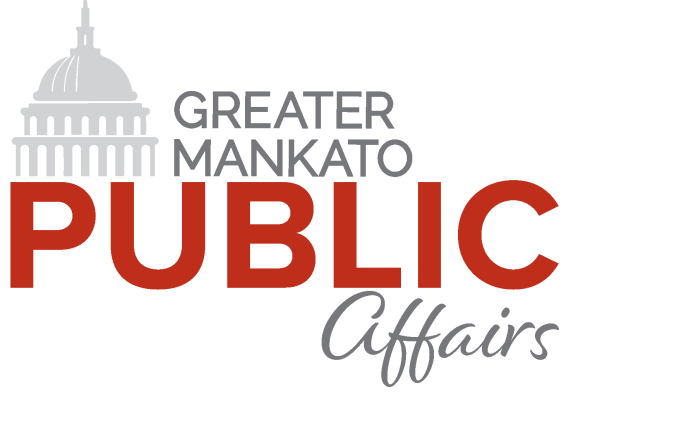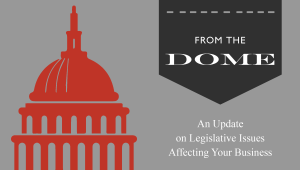07 Apr February 2022 Employment Figures – Employment & Jobs Rise

Preliminary figures for February were released Wednesday by the Bureau of Labor Statistics. Between January & February, Greater Mankato saw employment growth of 900 to a post-pandemic high of 60,194. Jobs (total nonfarm payroll) increased by 700 to 56,000. In short, the difference between jobs and employment is that the jobs number counts the number of paychecks being issued in Greater Mankato and employment counts the number of people who live in Mankato who work. A deeper explanation of the difference between these two statistics and why the number of jobs is less than employment can be found at the end of the January employment figure report.
Unemployment decreased by 342 and the labor force grew by 558. The growth in employment and labor force comes on top of January numbers that have been adjusted up by 200 since they were released last month.
The employment numbers in our region and the jobs numbers in our region paint two very different pictures of the talent shortage. Employment is at its highest point since the beginning of the pandemic and is down by less than 400 compared to February 2020. This tells us that the vast majority of people in our region have returned to work in some form. In contrast, jobs are down by 2,800 compared to February 2020. This helps explain why there are so many businesses short workers despite the labor force return in Greater Mankato. There are a number of possible reasons for this difference:










